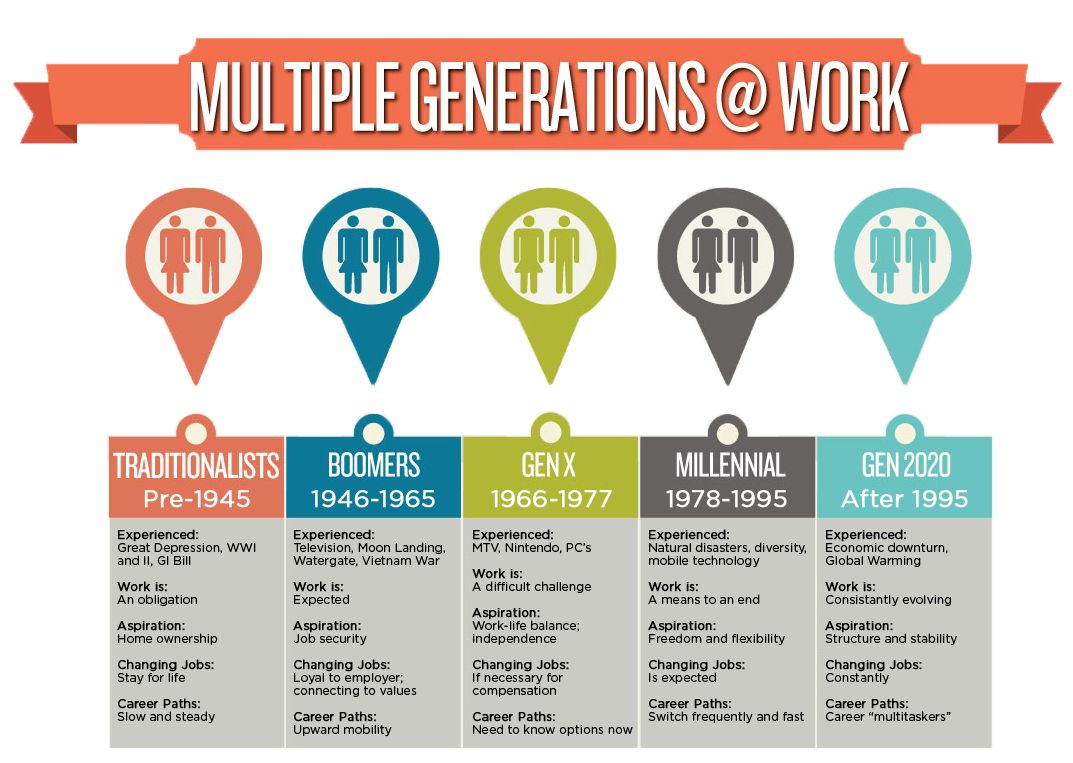In a striking revelation about the struggles of older workers in the American labor market, a recent report by Fortune highlights that 25% of older Generation X and young baby boomer employees who have been laid off over the past decade have yet to secure new employment. This statistic raises critical concerns about the challenges faced by older workers and the broader implications for the economy and society.
Background & Context
The past decade has witnessed significant upheaval in the U.S. job market, marked by economic recessions, technological advancements, and the advent of the gig economy. Older workers, particularly those aged 50 and above, have often found themselves at a disadvantage in this rapidly changing landscape. As industries evolve and certain skills become obsolete, many seasoned professionals struggle to adapt, leading to prolonged unemployment. The Fortune report underscores the urgency of addressing these disparities, as a sizable segment of the workforce remains at risk of being left behind.
According to the U.S. Bureau of Labor Statistics, older workers are expected to make up a larger proportion of the workforce in the coming years, yet their reintegration into the job market remains fraught with obstacles. Factors such as age discrimination, lack of up-to-date skills, and the generational gap in technology proficiency contribute to the difficulties faced by this demographic.
Key Developments
The Fortune analysis reveals that many older workers are not only struggling to find new jobs but are also facing significant emotional and financial consequences. The psychological toll of extended unemployment can lead to feelings of inadequacy and despair, further complicating the job search. Experts stress the importance of tailored support systems to assist older workers in their transition back to employment. Programs that focus on reskilling and upskilling are seen as vital for enabling these individuals to compete in a modern job market that increasingly prioritizes technological savvy.
Moreover, the report highlights the role of employers in this context. Companies that overlook the value of experience and wisdom that older workers bring to the table risk missing out on a wealth of knowledge. Initiatives aimed at fostering inclusive workplaces that recognize the contributions of all age groups are crucial for creating a balanced and effective workforce.
\n\n
Image for 25% of Laid-Off Older Gen X and Young Boomers Struggle to Reenter Workforce
Broader Impact
The implications of this trend extend beyond individual workers. Economists warn that a significant portion of the labor force remaining unemployed for extended periods can stifle economic growth. As previously reported, prolonged unemployment can lead to a decrease in consumer spending, which is a critical driver of the U.S. economy. When older workers are unable to secure jobs, it creates a ripple effect that can impact businesses of all sizes, particularly in sectors that rely on the disposable income of middle-aged and older consumers.
Furthermore, the situation resonates with ongoing discussions about the future of work, particularly in light of recent developments in automation and artificial intelligence. As industries evolve, the need to adapt to new technologies becomes paramount. Experts argue that without targeted interventions, the gap between younger and older workers may widen, leading to a polarized labor market that could have long-lasting social implications.
What"s Next
Looking ahead, stakeholders from various sectors are beginning to acknowledge the necessity of addressing the unique challenges faced by older workers. Policymakers are urged to create supportive frameworks that promote lifelong learning and workforce development. Initiatives such as tax incentives for companies that hire older workers, as well as programs that facilitate mentorship opportunities between generations, could be on the horizon.
Organizations and advocacy groups are also stepping up efforts to raise awareness about age discrimination and the value of experience in the workplace. As the labor market continues to evolve, fostering a culture of inclusivity and support for all age groups will be essential for ensuring that older workers are not only valued but also empowered to contribute to the economy. The path forward will require collaboration across sectors to build a job market that is equitable and resilient for everyone, regardless of age.

Image for 25% of Laid-Off Older Gen X and Young Boomers Struggle to Reenter Workforce








![[Video] Trump administration reexamines Afghan imports under Biden for security risks](/_next/image?url=%2Fapi%2Fimage%2Fthumbnails%2Fthumbnail-1764617457888-ocscze-thumbnail.jpg&w=3840&q=75)